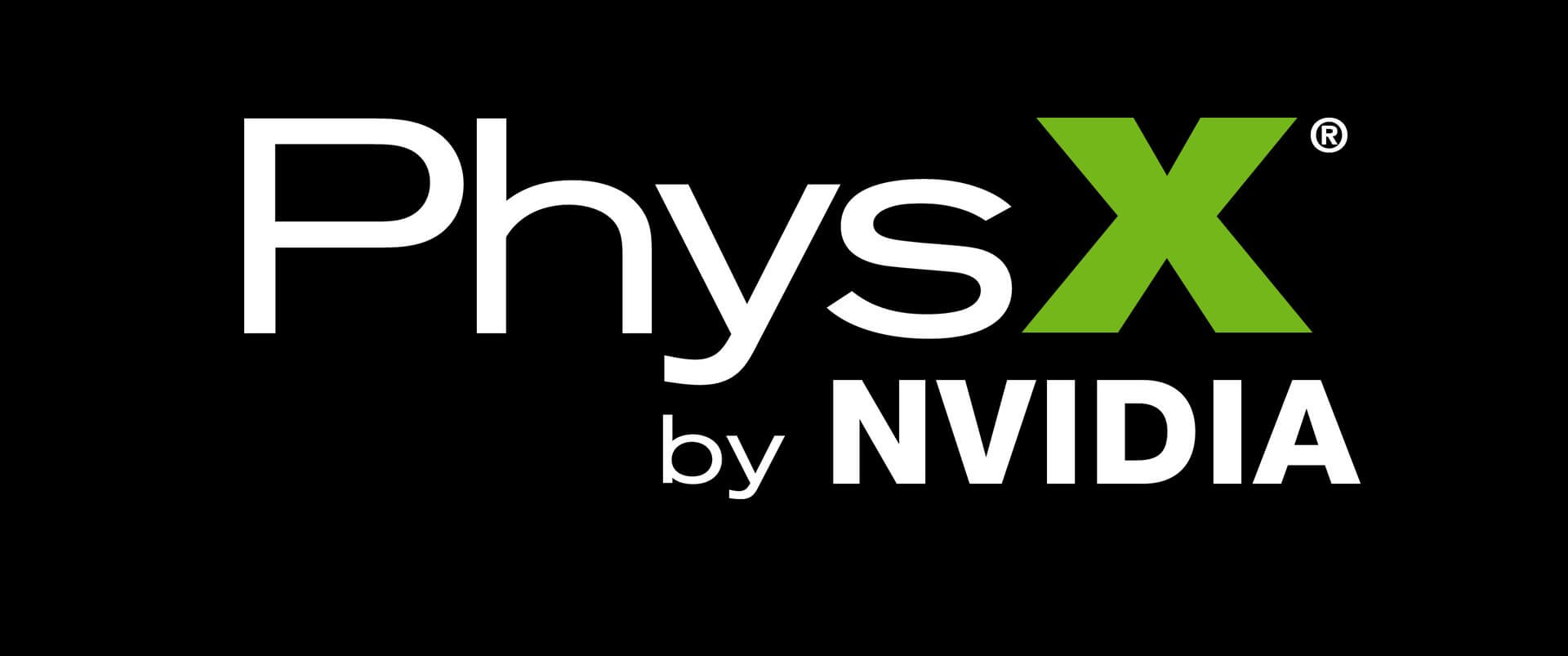What just happened? Starting today, Nvidia has chosen to offer the PhysX engine under an open-source license. It believes that fields other than video games, such as AI and robotics, can benefit from its use. Version 4.0, which releases later this month includes improvements geared for industrial-grade simulations.
If you play video games at all, even occasionally, you are probably familiar with or have at least seen the logo for Nvidia's PhysX engine. The software is used in a multitude of titles from Call of Duty to The Witcher to realistically simulate objects that react naturally to forces in a 3D-rendered environment.
Some examples of PhysX at work include the movements and flow of Batman's cape in Arkham Origins, Geralt's hair in the Witcher 3, and the particle effects from an explosion in Call of Duty: WWII.

Until now the PhysX API has been proprietary. However, on Monday Nvidia announced it would be going open source with version 4.0 of the engine. The company claims that it has realized that the software has far more uses than just simulating physics in games. Nvidia see the technology used in robotics, AI, autonomous vehicles, and more.
"NVIDIA is proud to announce PhysX SDK 4.0 ... The engine has been upgraded to provide industrial grade simulation quality at game simulation performance."
Nvidia believes that PhysX can be an essential tool in these other fields and would like to make it more broadly available. For this reason, the company is moving it under an open source license.
"PhysX will now be the only free, open-source physics solution that takes advantage of GPU acceleration and can handle large virtual environments," says the company's press release.
Along with the announcement, Nvidia demonstrated some new capabilities added to PhysX 4.0 in a video (above). Improvements include a Temporal Gauss-Seidel Solver, improved contact resolution, reduced coordinate articulations, reinforcement learning in simulated environments and more.
The PhysX API will be available for free under the BSD-3 license starting today, December 3. However, version 4.0 will not be ready until December 20. You can pick up the full source code (after jumping through a couple hoops) on GitHub.